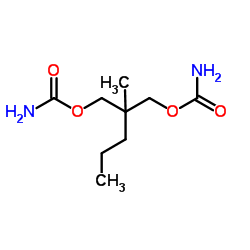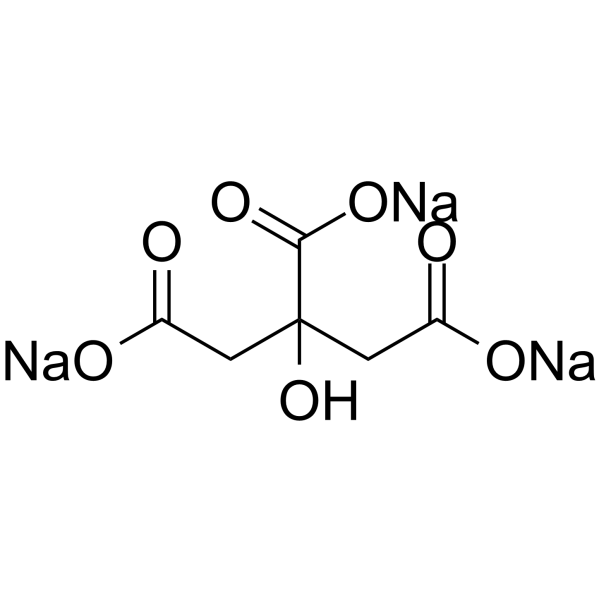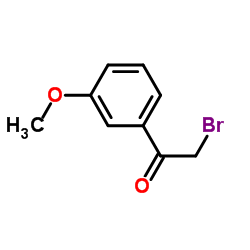| Structure | Name/CAS No. | Articles |
|---|---|---|
 |
Formic Acid
CAS:64-18-6 |
|
 |
L-(+)-Lysine monohydrochloride
CAS:657-27-2 |
|
 |
meprobamate
CAS:57-53-4 |
|
 |
Sodium citrate
CAS:68-04-2 |
|
 |
3-nitropyridine-2-thiol
CAS:38240-29-8 |
|
 |
L-Lysine hydrochloride
CAS:10098-89-2 |
|
 |
5-(N,N-Dimethyl)amiloride hydrochloride
CAS:1214-79-5 |
|
 |
2-Bromo-1-(3-methoxyphenyl)ethanone
CAS:5000-65-7 |